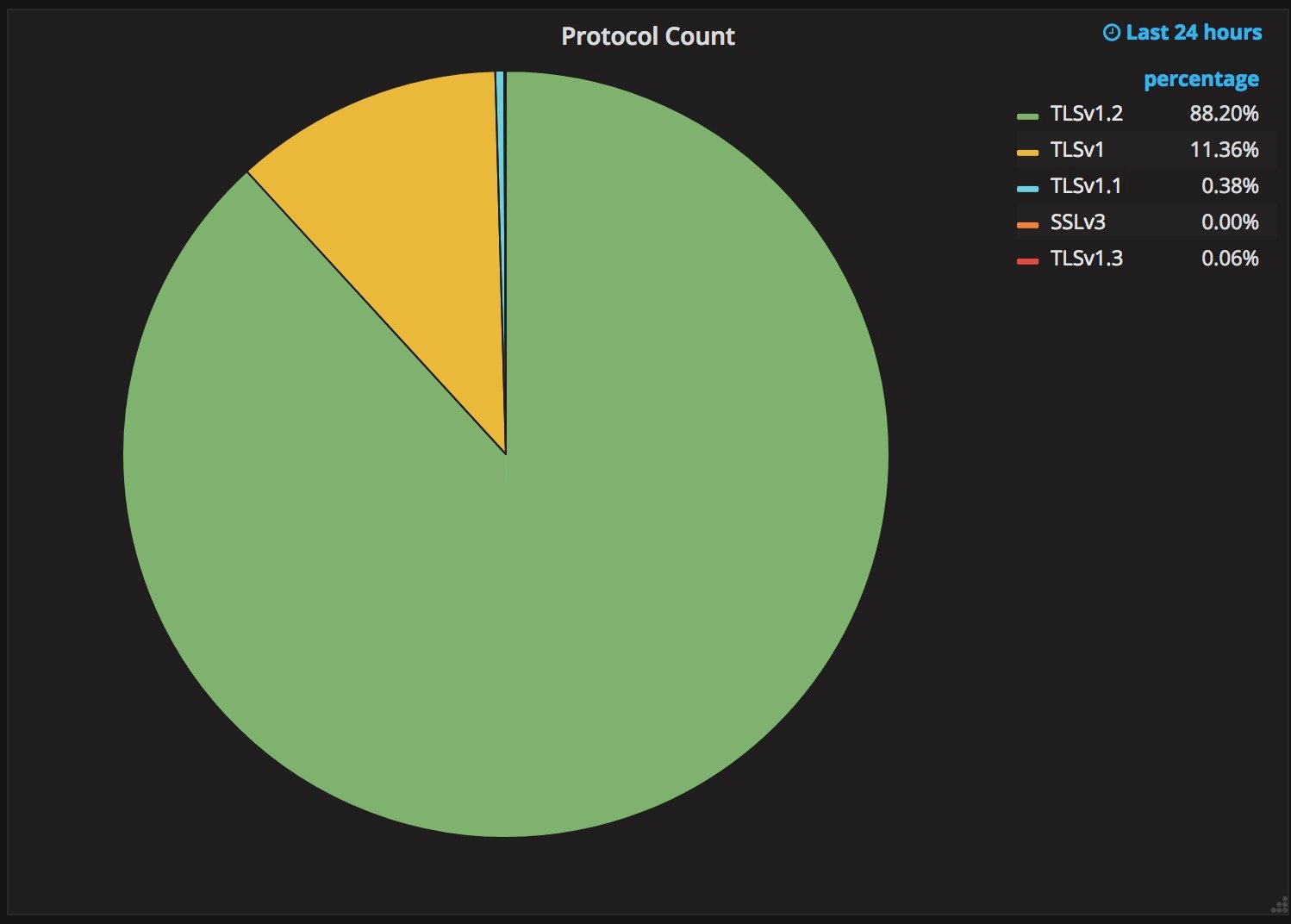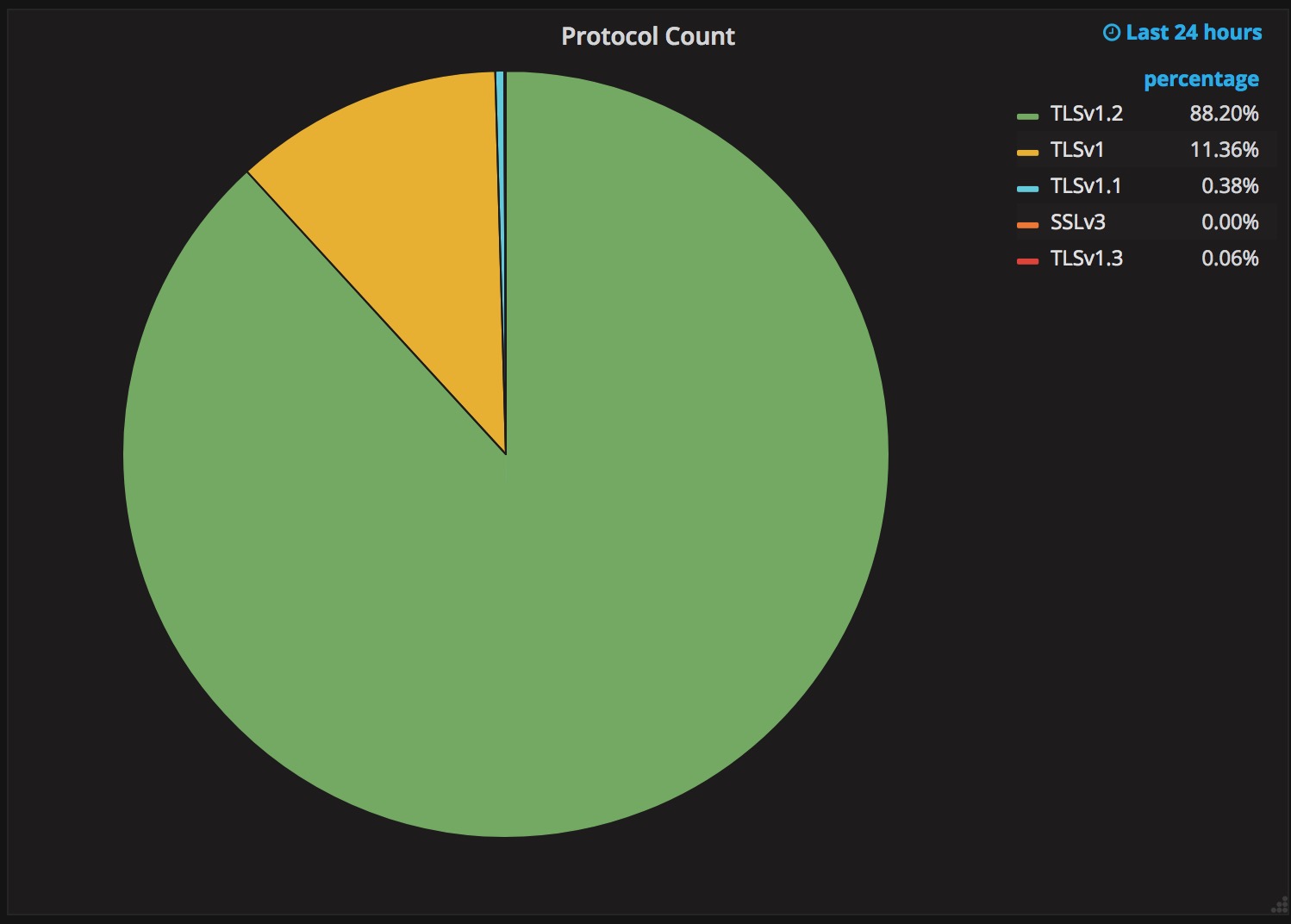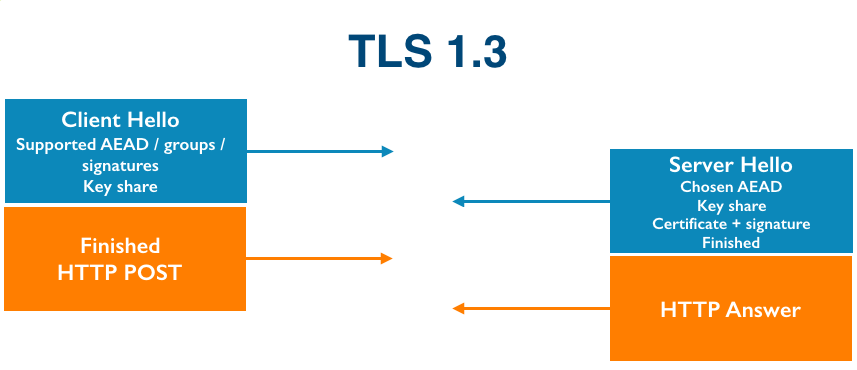IoT Security Using BLE Encryption
An analysis of the pros and cons of Bluetooth Low Energy link-layer security for IoT protection.
An analysis of the pros and cons of Bluetooth Low Energy link-layer security for IoT protection.
I’ve blogged before about how the new integrity-checking filesystem in Windows, ReFS, doesn’t actually have integrity checking turned on by default. It’s pretty silly that for a modern filesystem meant to compete with ZFS and BtrFS, to have the main 21st century feature turned off by default. But it’s not quite ridiculous. Not yet.
Now it turns out that scrubbing is only supported on Windows Server
I used to say that Windows 10 is the best Windows ever, and that Microsoft kinda won my trust back. But what the hell?
I contacted Microsoft support over chat, who first suggested I do a system restore (sigh). But after I insisted that they please confirm that it’s supposed to work confirmed that no that only ships with Windows Server.
It’s not even clear from their pricing if I need the $882 Standard Edition or the $6,155 Datacenter Edition. Either one is way too much for such a standard feature.
What the hell, Microsoft? All I want is a checksumming file system. Either provide it, or don’t. Don’t give me a checksumming filesystem that can’t be Continue reading


Upgrading a security protocol in an ecosystem as complex as the Internet is difficult. You need to update clients and servers and make sure everything in between continues to work correctly. The Internet is in the middle of such an upgrade right now. Transport Layer Security (TLS), the protocol that keeps web browsing confidential (and many people persist in calling SSL), is getting its first major overhaul with the introduction of TLS 1.3. Last year, Cloudflare was the first major provider to support TLS 1.3 by default on the server side. We expected the client side would follow suit and be enabled in all major browsers soon thereafter. It has been over a year since Cloudflare’s TLS 1.3 launch and still, none of the major browsers have enabled TLS 1.3 by default.
The reductive answer to why TLS 1.3 hasn’t been deployed yet is middleboxes: network appliances designed to monitor and sometimes intercept HTTPS traffic inside corporate environments and mobile networks. Some of these middleboxes implemented TLS 1.2 incorrectly and now that’s blocking browsers from releasing TLS 1.3. However, simply blaming network appliance vendors would be disingenuous. The deeper truth of the Continue reading


Upgrading a security protocol in an ecosystem as complex as the Internet is difficult. You need to update clients and servers and make sure everything in between continues to work correctly. The Internet is in the middle of such an upgrade right now. Transport Layer Security (TLS), the protocol that keeps web browsing confidential (and many people persist in calling SSL), is getting its first major overhaul with the introduction of TLS 1.3. Last year, Cloudflare was the first major provider to support TLS 1.3 by default on the server side. We expected the client side would follow suit and be enabled in all major browsers soon thereafter. It has been over a year since Cloudflare’s TLS 1.3 launch and still, none of the major browsers have enabled TLS 1.3 by default.
The reductive answer to why TLS 1.3 hasn’t been deployed yet is middleboxes: network appliances designed to monitor and sometimes intercept HTTPS traffic inside corporate environments and mobile networks. Some of these middleboxes implemented TLS 1.2 incorrectly and now that’s blocking browsers from releasing TLS 1.3. However, simply blaming network appliance vendors would be disingenuous. The deeper truth of the Continue reading

It's the day after Christmas; or, depending on your geography, Boxing Day. With the festivities over, you may still find yourself stuck at home and somewhat bored.
Either way; here are three relatively short cryptography challenges, you can use to keep you momentarily occupied. Other than the hints (and some internet searching), you shouldn't require a particularly deep cryptography knowledge to start diving into these challenges. For hints and spoilers, scroll down below the challenges!

The first one is simple enough to explain; here are 5 hashes (from user passwords), crack them:
$2y$10$TYau45etgP4173/zx1usm.uO34TXAld/8e0/jKC5b0jHCqs/MZGBi
$2y$10$qQVWugep3jGmh4ZHuHqw8exczy4t8BZ/Jy6H4vnbRiXw.BGwQUrHu
$2y$10$DuZ0T/Qieif009SdR5HD5OOiFl/WJaDyCDB/ztWIM.1koiDJrN5eu
$2y$10$0ClJ1I7LQxMNva/NwRa5L.4ly3EHB8eFR5CckXpgRRKAQHXvEL5oS
$2y$10$LIWMJJgX.Ti9DYrYiaotHuqi34eZ2axl8/i1Cd68GYsYAG02Icwve
A website works by redirecting its www. subdomain to a regional subdomain (i.e. uk.), the site uses HSTS to prevent SSLStrip attacks. You can see cURL requests of the headers from the redirects below, how would you practically go about stripping HTTPS in this example?
$ curl -i http://www.example.com
HTTP/1.1 302 Moved Temporarily
Server: nginx
Date: Tue, 26 Dec 2017 12:26:51 GMT
Content-Type: text/html
Transfer-Encoding: chunked
Connection: keep-alive
location: https://uk.example.com/
$ curl -i http://uk.example.com
HTTP/1.1 200 OK
Server: nginx
Content-Type: text/html; Continue reading
It's the day after Christmas; or, depending on your geography, Boxing Day. With the festivities over, you may still find yourself stuck at home and somewhat bored.
Either way; here are three relatively short cryptography challenges, you can use to keep you momentarily occupied. Other than the hints (and some internet searching), you shouldn't require a particularly deep cryptography knowledge to start diving into these challenges. For hints and spoilers, scroll down below the challenges!

The first one is simple enough to explain; here are 5 hashes (from user passwords), crack them:
$2y$10$TYau45etgP4173/zx1usm.uO34TXAld/8e0/jKC5b0jHCqs/MZGBi
$2y$10$qQVWugep3jGmh4ZHuHqw8exczy4t8BZ/Jy6H4vnbRiXw.BGwQUrHu
$2y$10$DuZ0T/Qieif009SdR5HD5OOiFl/WJaDyCDB/ztWIM.1koiDJrN5eu
$2y$10$0ClJ1I7LQxMNva/NwRa5L.4ly3EHB8eFR5CckXpgRRKAQHXvEL5oS
$2y$10$LIWMJJgX.Ti9DYrYiaotHuqi34eZ2axl8/i1Cd68GYsYAG02Icwve
A website works by redirecting its www. subdomain to a regional subdomain (i.e. uk.), the site uses HSTS to prevent SSLStrip attacks. You can see cURL requests of the headers from the redirects below, how would you practically go about stripping HTTPS in this example?
$ curl -i http://www.example.com
HTTP/1.1 302 Moved Temporarily
Server: nginx
Date: Tue, 26 Dec 2017 12:26:51 GMT
Content-Type: text/html
Transfer-Encoding: chunked
Connection: keep-alive
location: https://uk.example.com/
$ curl -i http://uk.example.com
HTTP/1.1 200 OK
Server: nginx
Content-Type: text/html; Continue readingWe’ve rounded up the most-read Docker blogs of 2017. Topping our list at number two is, Exciting new things for Docker with Windows Server 1709.
What a difference a year makes… last September, Microsoft and Docker launched Docker Enterprise Edition (EE), a Containers-as-a-Service platform for IT that manages and secures diverse applications across disparate infrastructures, for Windows Server 2016. Since then we’ve continued to work together and Windows Server 1709 contains several enhancements for Docker customers.
To experiment with the new Docker and Windows features, a preview build of Docker is required. Here’s how to install it on Windows Server 1709 (this will also work on Insider builds):
Install-Module DockerProvider Install-Package Docker -ProviderName DockerProvider -RequiredVersion preview
To run Docker Windows containers in production on any Windows Server version, please stick to Docker EE 17.06.
A key focus of Windows Server version 1709 is support for Linux containers on Windows. We’ve already blogged about how we’re supporting Linux containers on Windows with the LinuxKit project.
To try Linux Containers on Windows Server 1709, install the preview Docker package and enable the feature. The preview Docker EE package includes a full LinuxKit Continue reading
 Alibaba Cloud has 33 availability zones across 16 economic centers globally.
Alibaba Cloud has 33 availability zones across 16 economic centers globally.
 NFV gets into networks via SD-WAN, turnkey software stacks, and proprietary systems.
NFV gets into networks via SD-WAN, turnkey software stacks, and proprietary systems.
Learn how to use APIs for networking in this excerpt from "Building Modern Networks."

In honor of all the fervor around Bitcoin, we thought it would be fun to revisit the role finance has had in the history of technology even before the Internet came around. This was adapted from a post which originally appeared on the Eager blog.
The issue was not the lack of a rapid communication system in France, it just hadn’t expanded far enough yet. France had an elaborate semaphore system. Arranged all around the French countryside were buildings with mechanical flags which could be rotated to transmit specific characters to the next station in line. When the following station showed the same flag positions as this one, you knew the letter was acknowledged, and you could show the next character. This system allowed roughly one character to be transmitted per minute, with the start of a message moving down the line at almost 900 miles per hour. It wouldn’t expand to Toulouse until 1834 however, Continue reading

In honor of all the fervor around Bitcoin, we thought it would be fun to revisit the role finance has had in the history of technology even before the Internet came around. This was adapted from a post which originally appeared on the Eager blog.
The issue was not the lack of a rapid communication system in France, it just hadn’t expanded far enough yet. France had an elaborate semaphore system. Arranged all around the French countryside were buildings with mechanical flags which could be rotated to transmit specific characters to the next station in line. When the following station showed the same flag positions as this one, you knew the letter was acknowledged, and you could show the next character. This system allowed roughly one character to be transmitted per minute, with the start of a message moving down the line at almost 900 miles per hour. It wouldn’t expand to Toulouse until 1834 however, Continue reading

Today, December 25th, Cloudflare offices around the world are taking a break. From San Francisco to London and Singapore; engineers have retreated home for the holidays (albeit with those engineers on-call closely monitoring their mobile phones).
Software engineering pro-tip:
— Chris Albon (@chrisalbon) December 20, 2017
Do not, I repeat, do not deploy this week. That is how you end up debugging a critical issue from your parent's wifi in your old bedroom while your spouse hates you for abandoning them with your racist uncle.
Whilst our Support and SRE teams operated on a schedule to ensure fingers were on keyboards; on Saturday, I headed out of the London bound for the Warwickshire countryside. Away from the barracks of the London tech scene, it didn't take long for the following conversation to happen:
If you work in the tech industry, you may find a family member asking you for advice on cybersecurity. This blog post will hopefully save you Continue reading

Today, December 25th, Cloudflare offices around the world are taking a break. From San Francisco to London and Singapore; engineers have retreated home for the holidays (albeit with those engineers on-call closely monitoring their mobile phones).
Software engineering pro-tip:
— Chris Albon (@chrisalbon) December 20, 2017
Do not, I repeat, do not deploy this week. That is how you end up debugging a critical issue from your parent's wifi in your old bedroom while your spouse hates you for abandoning them with your racist uncle.
Whilst our Support and SRE teams operated on a schedule to ensure fingers were on keyboards; on Saturday, I headed out of the London bound for the Warwickshire countryside. Away from the barracks of the London tech scene, it didn't take long for the following conversation to happen:
If you work in the tech industry, you may find a family member asking you for advice on cybersecurity. This blog post will hopefully save you Continue reading
As 2017 comes to a close, we looked back at the top five blogs that were most popular with our readers. For those of you that have yet to set up your first Docker Windows container, we are kicking off the week with a blog that will help you get up and running on Windows containers.
Earlier this year, Microsoft announced the general availability of Windows Server 2016, and with it, Docker engine running containers natively on Windows. This blog post describes how to get setup to run Docker Windows Containers on Windows 10 or using a Windows Server 2016 VM. Check out the companion blog posts on the technical improvements that have made Docker containers on Windows possible and the post announcing the Docker Inc. and Microsoft partnership.
Before getting started, It’s important to understand that Windows Containers run Windows executables compiled for the Windows Server kernel and userland (either windowsservercore or nanoserver). To build and run Windows containers, a Windows system with container support is required.
For developers, Windows 10 is a great place to run Docker Windows containers and containerization support was added to the the Windows 10 kernel with the Anniversary Continue reading
 Rivals and major cloud providers are all part of the push.
Rivals and major cloud providers are all part of the push.
Hi all,
I had some issues with the site and I haven’t blogged as much lately as I would have hoped but I wanted to wish you a Merry Christmas and send you a little gift from Martin Duggan.
Martin recently released part two of his CCDE Practical Scenarios. Like the last time he is giving you, my readers a discount when you buy it from Leanpub. It’s a really good scenario and you have to stay focused and do your best even if you are not comfortable with the scenario. This is very much how the real scenarios are. You may not be comfortable working with say a cable provider but that might be the scenario you are given. Focus on what is important and find the requirements and constraints and answer as best you can.
Follow this link to receive a discount on the scenario.
Merry Christmas!
The post General – Merry Christmas And A Little Gift appeared first on Daniels Networking Blog.

As I’m writing this, four DDoS attacks are ongoing and being automatically mitigated by Gatebot. Cloudflare’s job is to get attacked. Our network gets attacked constantly.
Around the fall of 2016, we started seeing DDoS attacks that looked a little different than usual. One attack we saw around that time had traffic coming from 52,467 unique IP addresses. The clients weren’t servers or desktop computers; when we tried to connect to the clients over port 80, we got the login pages to CCTV cameras.
Obviously it’s important to lock down IoT devices so that they can’t be co-opted into evil botnet armies, but when we talk to some IoT developers, we hear a few concerning security patterns. We’ll dive into two problematic areas and their solutions: software updates and TLS.
With PCs, the end user is ultimately responsible for securing their devices. People understand that they need to update their computers and phones. Just 4 months after Apple released iOS 10, it was installed on 76% of active devices.
People just don’t know that they are supposed to update IoT things like they are supposed to update their computers because they’ve never had to update things Continue reading

As I’m writing this, four DDoS attacks are ongoing and being automatically mitigated by Gatebot. Cloudflare’s job is to get attacked. Our network gets attacked constantly.
Around the fall of 2016, we started seeing DDoS attacks that looked a little different than usual. One attack we saw around that time had traffic coming from 52,467 unique IP addresses. The clients weren’t servers or desktop computers; when we tried to connect to the clients over port 80, we got the login pages to CCTV cameras.
Obviously it’s important to lock down IoT devices so that they can’t be co-opted into evil botnet armies, but when we talk to some IoT developers, we hear a few concerning security patterns. We’ll dive into two problematic areas and their solutions: software updates and TLS.
With PCs, the end user is ultimately responsible for securing their devices. People understand that they need to update their computers and phones. Just 4 months after Apple released iOS 10, it was installed on 76% of active devices.
People just don’t know that they are supposed to update IoT things like they are supposed to update their computers because they’ve never had to update things Continue reading
 |
| Fig 1.1- UDLD Protocol Tx and Rx |